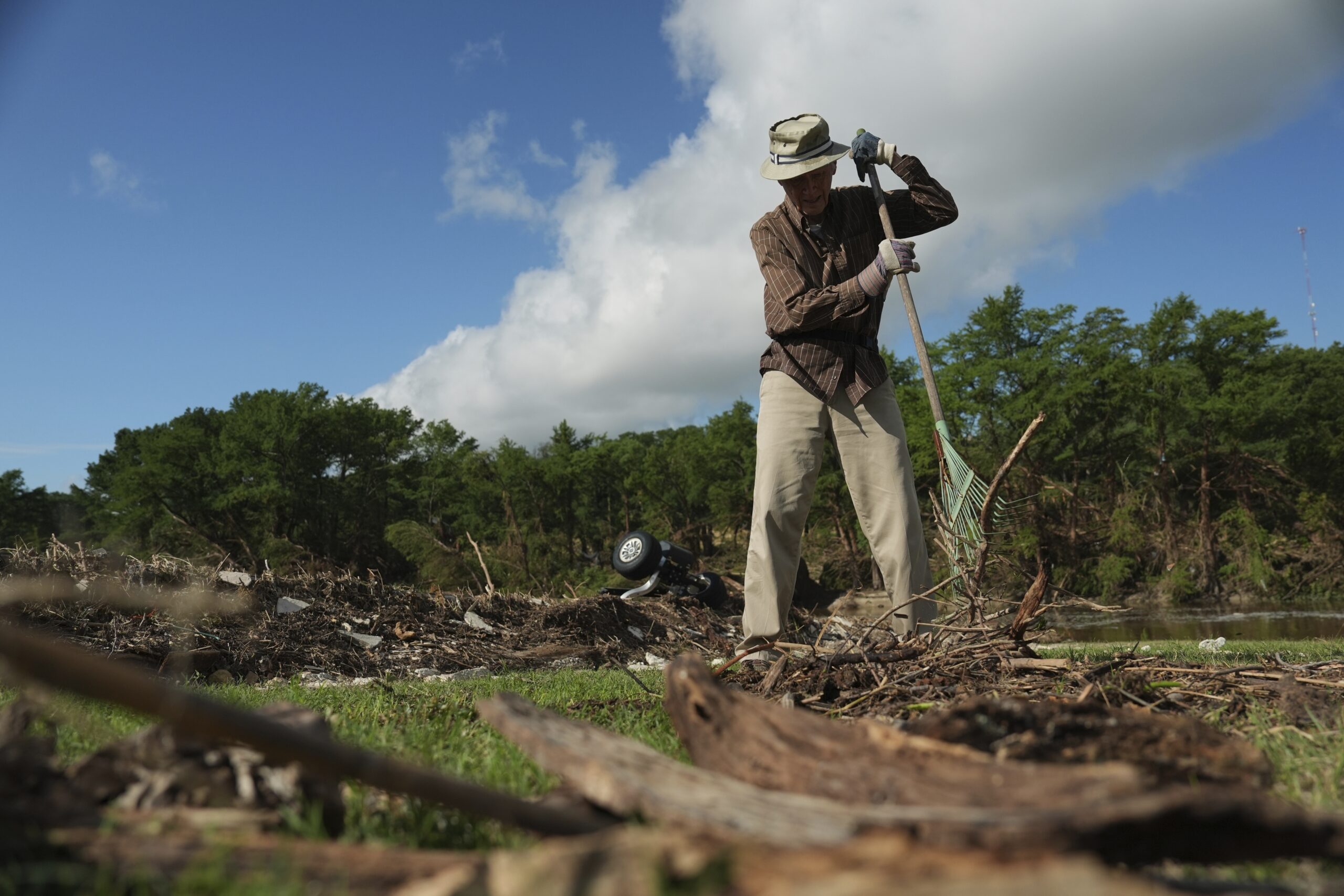ustxtxb_obs_1971_07_16_50_00008-00000_000.pdf
Page 3
The Mayday Tribes By Michael Eakin Auitin The thoughts herein will be devoted to the war, that largest tragedy of our ailing land. The problem is still with us and shall remain so until we abolish it, it must be attacked with courage and intellect. We must escalate the struggle until the battle is won. Most likely the primary reason that the war is still with us, and more tragically, still with Asians, is that the people of this country, all 73% of them who supposedly oppose the war, have not raised their voices loud enough and long enough to force an end to the slaughter. On reflection it is easy enough to understand why this is so. The good people of this country historically have avoided social movements, which are in large part re-education projects, and, sadly, most people are slowly re-educated. The young in the antiwar movement are not exactly what one would call a disciplined People’s Army for Peace; thus the 20,000 that so clamorously strode the streets of Austin in the aftermath of the Cambodia invasion have long since faded into the woodwork. Despite the American majority’s opposition to the war it seems willing to allow the government’s vaunted plans for “Vietnamization” to run their destructive course. President Nixon had a secret “plan for peace in Indochina”, we were told shortly after his inaugural, which included a gradual reduction of ground troops with an escalation of the technological war, primarily from the air, and a more efficient usage of “native,” i.e. mercenary troops. The president has delivered on all counts. Since Mr. Nixon took office some 2,593,743 tons of bombs have been dropped in Indochina \(more than were dotonated during the Johnson administration and a greater amount than dropped by the United States in all of escalated steadily in Laos and Cambodia with “ample evidence that in both countries the rural population is the prime target”. 1 A similar report by Sen. Thomas Eagleton indicates US Generals Weyand and Milloy informed him in briefings last month that “the plans under which they were operating called for a residual American force indefinitely into the future Mr. Eakin is a junior English major at the University of Texas at Austin. He is a past member of the Student Mobilization Committee and now works with the Armadillo Mayday Tribe. 8 The Texas Observer and for a protracted period of massive American air power based in Thailand and Okinawa and various places in Indochina.” 2 THAT THE NIXON administration is reducing the number of draftees should come as no surprise with the massive deployment of land troops now widely recognized as a costly mistake. “A more classical pattern of colonial war” is now thought in order “relying more on mercenaries and native forces . . while continuing to employ the fantastic firepower of the air and helicopter forces and the new techniques of surveillance and destruction provided by American technology”. 3 Our leaders, it seems, will go to any lengths to retain the Indochinese puppet military regimes. Our inability on the left to force an end to this genocidal and apparently endless war is due most largely, I think, to the limited number of options which we thought we had. The options generally recognized these past two years have been reduced to two: the bombing or like destruction of property directed against those corporations or governmental bodies directly responsible for the war, an alternative which I shall reject out of hand as an unviable and undesirable tactic, and massed, legal protest. Both tactics, it seems to me, are dead end tactics. A look at the dual preparations for the LBJ Barbecue held in May illustrates the tactical bankruptcy of the old U.S. Out Now legal march. Those planning the counter-raucus roast were two: the Legals and the Illegals, the Student Mobilization Committee and a coalition composed of Direct Action, Vietnam Veterans Against the War, the Armadillo Mayday Tribe, various and assorted pacifists and other crazies. In their axiomatic quest for legality and respectability the SMC accepted a parade permit from the city to march banners high down Guadalupe six blocks from the makers of war, out of sight and sound. It massed a fearsome 60. By contrast, the 2,500 or so situated immediately down the hill from the Biggies served, despite tactical blunders, to inform a nationwide teevee audience that the ruling elite could not congregate in cowboy without the gendarmerie to protect them. THOSE INVOLVED in anti-war protest, it seems, have a growing intuition that mass, organized marches are a dead tactic. The 300,000 good souls at Washington in 1969 garnered highly visible press coverage and stirred many to action nationwide; the recent April 24 gathering of close to half a million stirred scarcely a ripple in the stagnant pool of the mass mind. Organized, legal antiwar marches have become, in short, as commonplace as figs, as American as apple pie. Such things are no longer “newsworthy” to the media with the result that denunciations, exposes and marches against the war, though valuable enough educational tools, no longer have their intended effect, which is to mobilize Americans against the war. An examination of administration logic serves, I think, to show how the march tactic actually has been used to the benefit of the government. It is the cynical calculation, Noam Chomsky says, of the Nixon-Kissenger administration that the people of the United States will permit the destruction of Indochina to go on indefinitely. To carry out this plan it will be necessary to “cool America”, 4 a development often heralded by the press which had in fact happened until the recent activities in Washington. If it is the case that the antiwar march is no longer


